Truck Camping Insurance Basics
Pack the Right Toolkit So One Bad Day Doesn’t End the Trip
You don’t head into the backcountry with just a multitool and a grin. You pack smart—the right wrench for a rusted bolt, a patch that’ll hold under pressure, a headlamp that doesn’t flicker out the second you need it. Insurance? Same mindset. Ninety-nine days out of a hundred, you don’t even think about it. But on that hundredth—when a sudden storm takes out your roof or a low-hanging branch leaves a deep scar—you either have your coverage lined up, or you’re stuck figuring it out in real time.
This guide’s your checklist. No sales talk, no fine print. Just what you need to keep rolling when things go wrong.
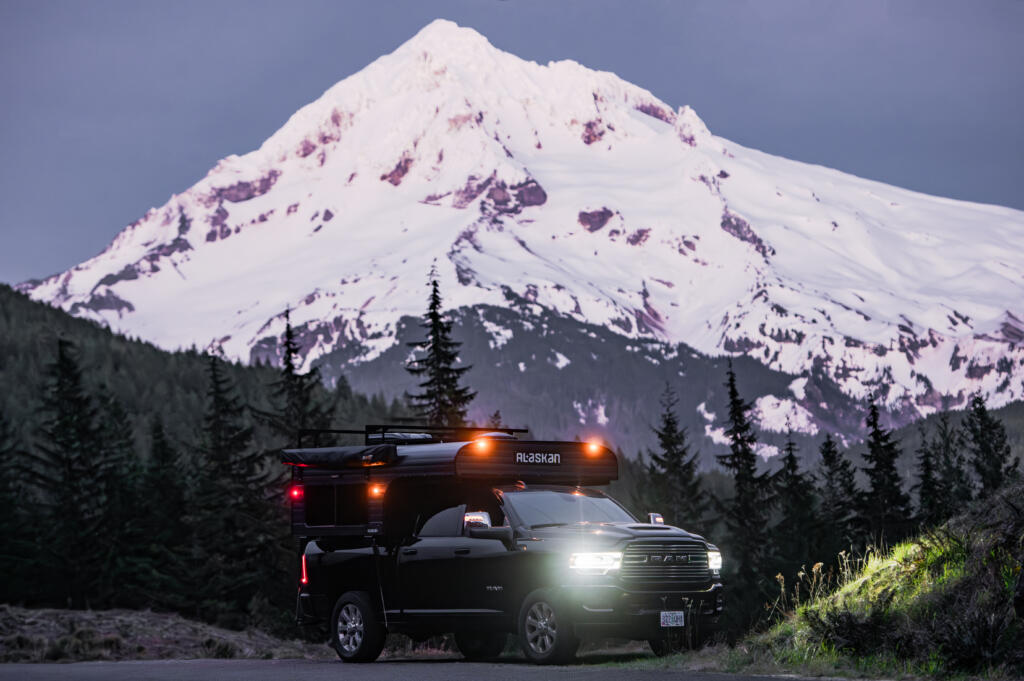
Picture the Setup: Your Truck and Camper Are a Team—but They’re Insured Separately
Imagine you’re working your way down a washboard trail in your Alaskan Camper—a hard-sided, pop-up workhorse that shrugs off below-zero temps and lugs hundreds of pounds of gear without a fuss. Built in the U.S. since the ’50s, these things are made for people who chase Baja one month and backcountry lakes the next. But even a rig with Alaskan’s telescopic build—perfectly fitted to a 3/4-ton truck like the F-250—needs more than tough panels and insulation. It needs a dialed-in insurance plan.
So here’s the basics:
- The truck covers liability while driving. Clip a signpost or end up in a fender bender? Your auto policy handles injuries or damages to others.
- The camper covers the physical stuff—fire, theft, storms, vandalism, and those unfortunate moments when taller, non–pop-up campers take a tight turn and introduce themselves to a gas station awning.
The Core Coverages for the Camper
Start with the backbone: comprehensive and collision.
- Comprehensive handles the unexpected: someone stealing your camper from a trailhead, hail from a rogue storm denting your roof, wildfire smoke creeping in, or a tree branch falling in the wrong spot.
- Collision is for impacts—on the road, in a parking lot, or navigating a tight backcountry turn.
Then think about add-ons that match your style:
- Personal effects coverage: Covers gear that would hit hard to lose—camera setups, camp kitchens, fly rods, toolkits. Standard policies might cap this between $1,000 and $3,000, which doesn’t stretch far if your camper’s packed tight.
- Roadside assistance, tuned for truck-camper life—not a stripped-down version made for city sedans. You want a plan that can manage the whole setup in places where a cell signal might vanish.
- Liability while parked: If you’re just out for weekends, vacation liability covers accidents—like someone slipping on your steps during a rainy cookout. Living in your camper full-time? You’ll need full-timer’s liability instead. Think of it like a homeowner’s policy on wheels, with up to $500,000 in personal liability, medical, and property damage.
The bottom line: tailor it to your setup, not an idealized version of it. If your camper’s fully kitted, don’t guess low.
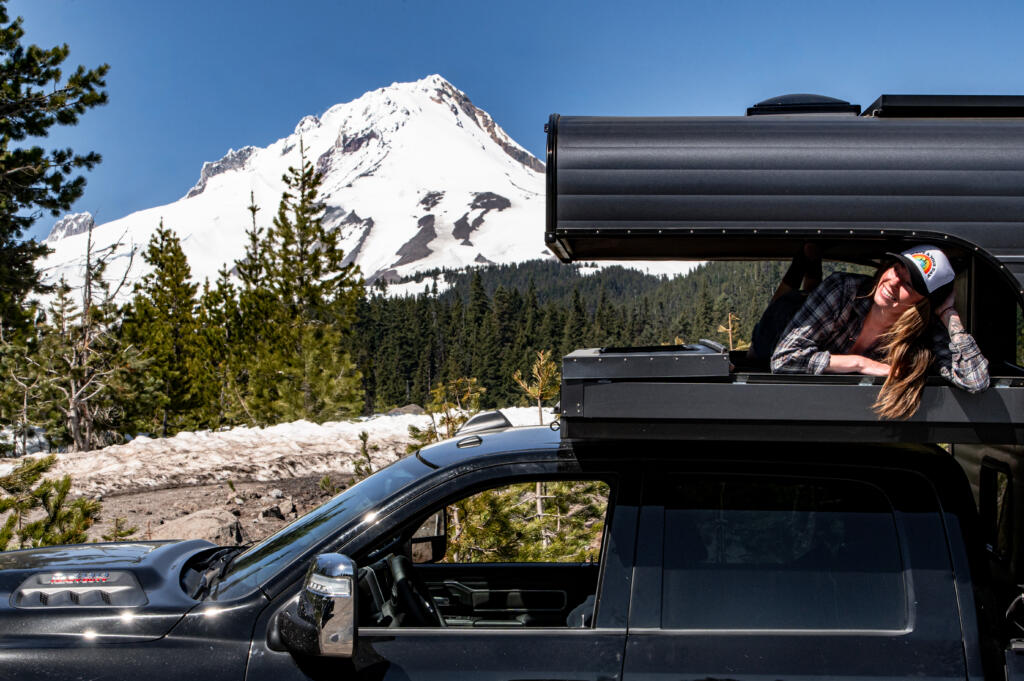
What the Truck Policy Covers
No surprise—your truck carries the liability while driving. But if you’ve modded it to match your camper—flatbed conversions, heavy-duty suspension, aftermarket armor, extra lights, onboard air, winches, auxiliary tanks—you’ll want to look at custom parts and equipment (CPE) coverage. Standard auto plans might only toss in $1,000–$5,000 for factory add-ons, which doesn’t touch a serious overland build.
Smart move: Take a few photos, save receipts, and jot down your mods. Think of it like trail notes—saves time when you’re asked to prove what’s on the rig.
State-by-State Paperwork Quirks
Here’s where things vary. Some states treat truck campers like cargo, others like trailers.
Eight states require registration (Idaho, Indiana, Mississippi, Nebraska, Oregon, Rhode Island, Utah, Washington). Nine want titles (some overlap). Others? Just a bill of sale or manufacturer docs.
For example, in Idaho, campers longer than 6 feet and bought after 2009 need to be titled. Doesn’t affect how you insure it—but it does affect the proof your carrier will want.
Before you file anything, check your state DMV. Make sure your documents—titles, serial numbers, registrations—are in order. A clean file means faster claims.
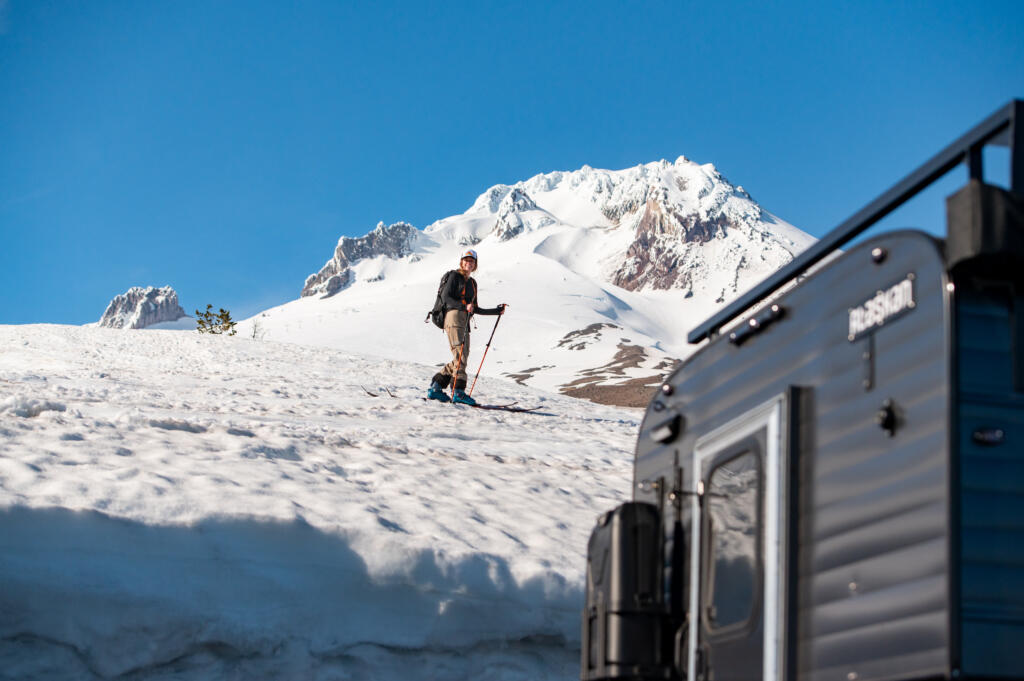
Weekend Trips vs. Full-Time Life
Be straight with your agent. Saying you’re just out on weekends when you’re actually full-timing is like bringing sandals on a snow hike—it won’t work when conditions change.
For weekend or seasonal users:
- Camper comp/collision
- Personal effects boosted to $5,000–$10,000
- Vacation liability for campsite slip-ups
- Roadside assistance that works off-grid
For full-timers:
- Full-timer’s liability
- Personal effects up to $20,000 or more
- Endorsements for common wear like roof damage, leaks, or pest intrusion (critters love warm, insulated rigs)
Alaskans are built to handle harsh climates—but even the toughest roofs and seals wear over time.
Crossing into Mexico? Prep First
Once you’re south of the border, U.S. insurance doesn’t apply. You’ll need:
- A Mexican auto policy for your truck
- Optional coverage for your camper (recommended if you want physical damage and theft protection)
Liability-only gets you legal. Full coverage gives you peace of mind—and often roadside help too. Look at providers like Baja Bound or Mexpro for quick quotes. Choose your dates, print everything out. Showing up without it? Not worth the risk.
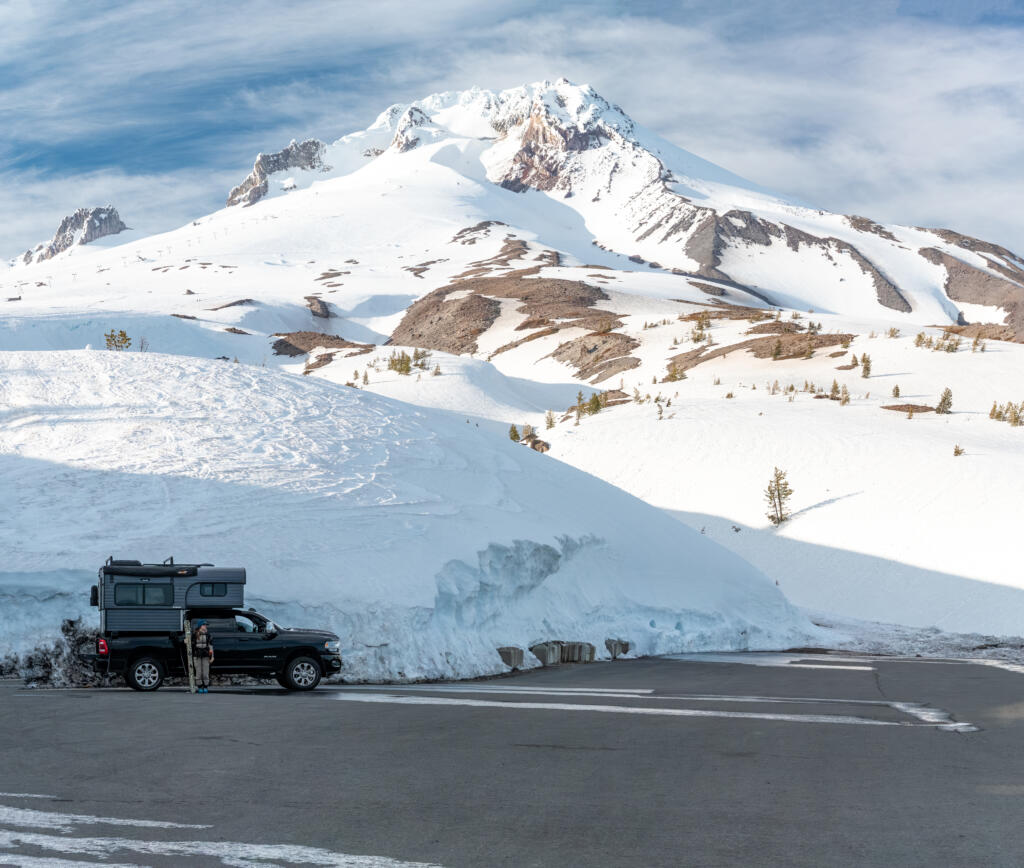
How Claims Actually Work
Payouts depend on what kind of settlement you choose:
- Actual cash value (ACV): You get the market value minus depreciation. Standard for older rigs but can short-change you on custom setups.
- Agreed value: You and your insurer agree on a number at the start. Works well if your Alaskan has custom cabinetry, upgrades, or a value that doesn’t drop like a stock trailer.
- New total loss replacement: Usually only offered within the first few years. Replaces your camper with a brand-new one. After that window, it reverts to ACV or agreed value.
There’s no one-size-fits-all—just what fits your budget, risk tolerance, and how long you plan to keep the camper. And yes, if you’ve got a lender, they’ll usually get paid first. Slows things down a bit, but it’s standard.
What to Actually Tell Your Agent
Don’t hold back—clear is better than clever:
- Camper year, model, and replacement value (Alaskans run 1,500–2,500 lbs dry, depending on customizations)
- How you use it: weekends, seasonal trips, or full-time
- Any truck mods and rough cost
- What gear you carry and how much coverage you want
- Travel outside the U.S.? Say so upfront
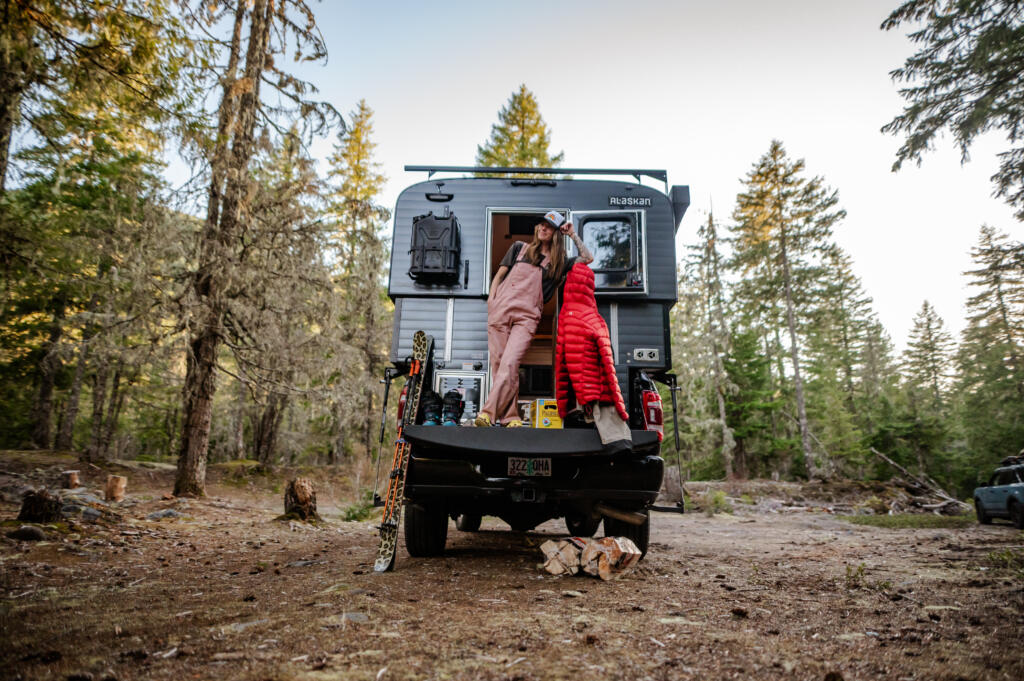 Renting or Running Trips?
Renting or Running Trips?
If you’re renting your camper out or guiding trips with it, you’re in commercial use territory. Most personal policies won’t touch this kind of risk. You’ll need a specialized provider. Don’t assume your regular coverage will still apply if money changes hands.
Two Sample Loadouts
Weekend Setup:
- Truck with liability and CPE for the armor/suspension
- Camper comp/collision
- Personal effects up to $10k
- Vacation liability
- Strong roadside plan for remote rescues
Full-Time Rig:
- Truck with maxed liability and CPE
- Camper comp/collision
- Full-timer’s liability
- $20k+ personal effects
- Climate-specific add-ons for roof seals, leaks, pests
The Short Version That Actually Sticks
Truck = liability + mods.
Camper = physical damage + your gear.
Keep your paperwork clean, tailor your coverage to real life, and check state quirks.
Going to Mexico? Separate policy. No exceptions.
That’s your toolkit—pack it, stash it, and go chase what the road throws at you.
